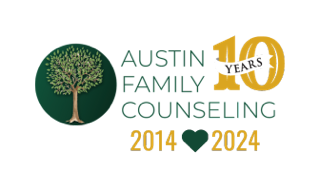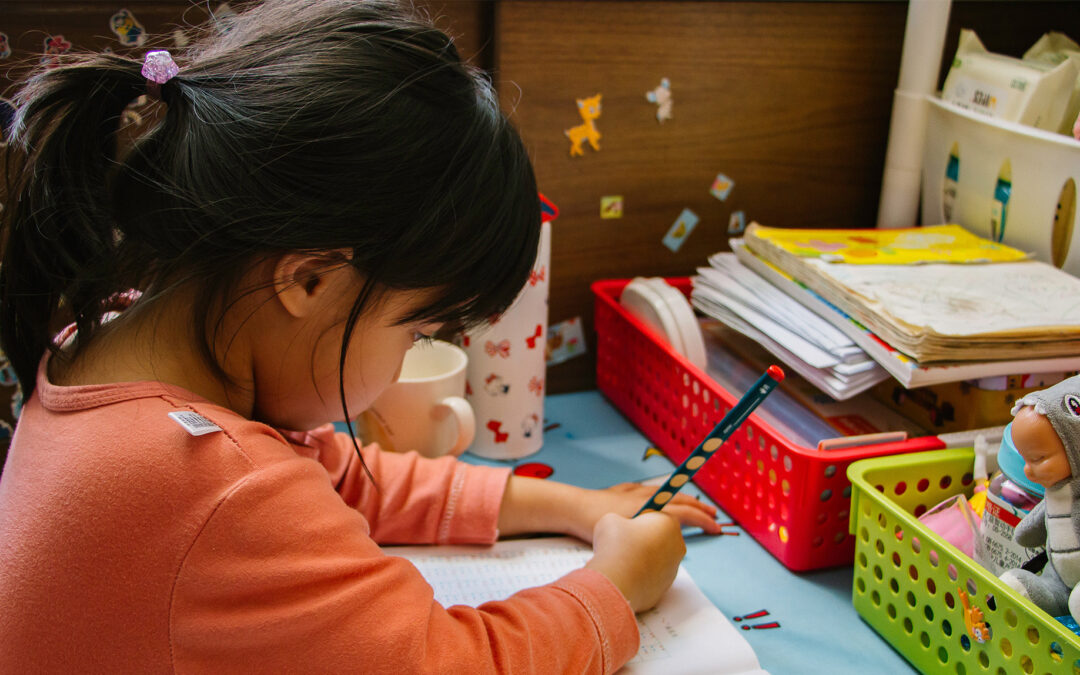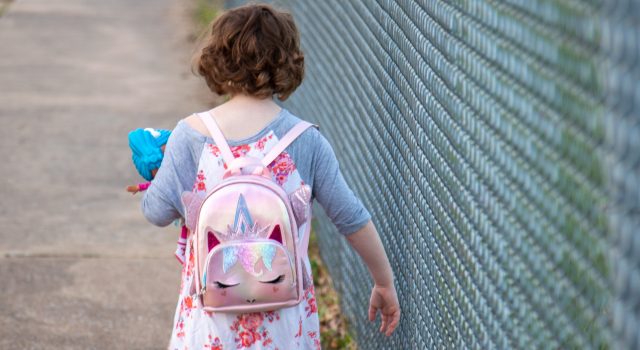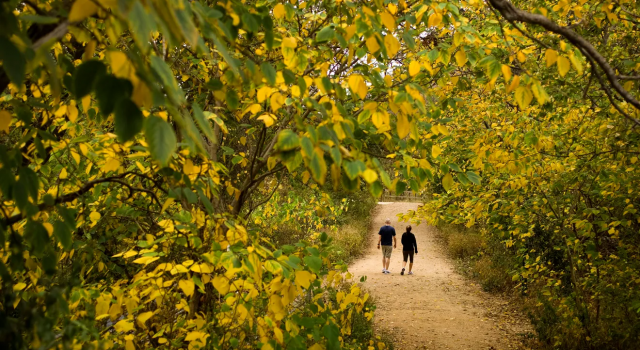Mindfulness may be a term you have never heard or hear all the time. Regardless of how familiar it may be, it is often hard to define. When I introduce mindfulness into therapeutic work, I use Jon Kabat-Zinn’s simple definition: Paying attention, on purpose, without judgement. This perspective allows for full appreciation and engagement with the present.
Imagine the benefits of being just a bit more present-focused and mindful in our lives, work, school, and especially in relationships with ourselves and others. I have included a few mindfulness practices and resources at the conclusion for families with people of any age to foster awareness, acceptance, and connection.
1 – Breathwork
Imagine paying attention, on purpose, without judgement to your breath. By being mindful of our breath, we can begin to realize the power that it has. The breath is the most effective way for us to affect our nervous system. Each inhale engages the sympathetic nervous system (fight or flight response) and each exhale engages the parasympathetic nervous system (rest and digest). Bringing awareness to our breath can have a direct effect on our entire nervous system in an effort to bring it into balance when feeling dysregulated. We often encourage children or adults to “take a deep breath” in overwhelming situations without being mindful of what that looks and feels like. It takes practice and practicing as a family can further solidify its effectiveness.
Belly breathing – Place your hands or a stuffed animal on the belly while lying down. Practice breathing into your hands or making the stuffed animal move up and down. In this way you are taking a true deep breath by expanding the lungs completely so that the diaphragm pushes the belly to move.
Ratio breath – Ratio breath acknowledges the different parts of our nervous system that an inhale and exhale engage. By working to extend the exhale to be longer than the inhale, we engage our parasympathetic nervous system (rest and digest). Begin by breathing in for 4 seconds and breathing out for 6 seconds. Adjust this ratio as needed to practice extending the exhale.
2 – Yoga/Mindful Movement
Imagine paying attention, on purpose, and without judgement to your body and what it may be trying to tell you. Research shows the tremendous benefits yoga has on the mind, body, and connection between the two (The Body Keeps the Score by Bessel van der Kolk). Whether yoga is familiar or new to your family, it is accessible to everyone. I have included free resources to reference at the conclusion, but also feel free to define what yoga or mindful movement looks like for your family. My favorite option is to let the child(ren) lead the class and choose what postures feel most comfortable, challenging, and relaxing.
3 – Guided Imagery/Meditation
Imagine paying attention, on purpose, and without judgement to our thoughts and feelings. Guided imagery and meditation are grounding practices that encourage mindfulness, stillness, and relaxation. This can become a part of your morning or night routine by listening to or creating moments of stillness as a family.
Guided imagery is a mindfulness practices that can be used in combination with a total body scan or progressive muscle relaxation by imagining a warm light traveling throughout the body, recognizing, and releasing any physical tension along the way. Another accessible option for all ages is a counting meditation. Start by simply counting your breath and each time a thought or feeling comes up, pause to notice and then start over counting from 1. See if you can count 10 or 20 breaths uninterrupted. Finally, the following is a short grounding meditation focusing on the 5 senses to bring our awareness to the present moment.
Identify 5 things you can see, 4 things you can feel, 3 things you can hear, 2 things you can smell, and 1 thing you can taste or say aloud 1 positive self-statement.
4 – Nature Walks
Nature is therapeutic as it is. Taking a walk outside and paying attention, on purpose, without judgement to what nature has to offer can benefit all the parts of ourselves and our ability to connect with others. While enjoying a nature walk with your family, I encourage mindful curiosity which could look something like the following:
- Having a conversation about what parts of nature stand out on the walk for each person and why.
- Creating a family sculpture with natural objects found in your yard, a walk through the neighborhood, or a local park.
Online Resources
- Yoga with Adriene : yoga and mediation
- Cosmic Kids Yoga : yoga and meditation
- Calm : meditation
- Headspace : meditation
- AllTrails : Get outside!

Written by: Emily Vrana, LMFT-Associate,











